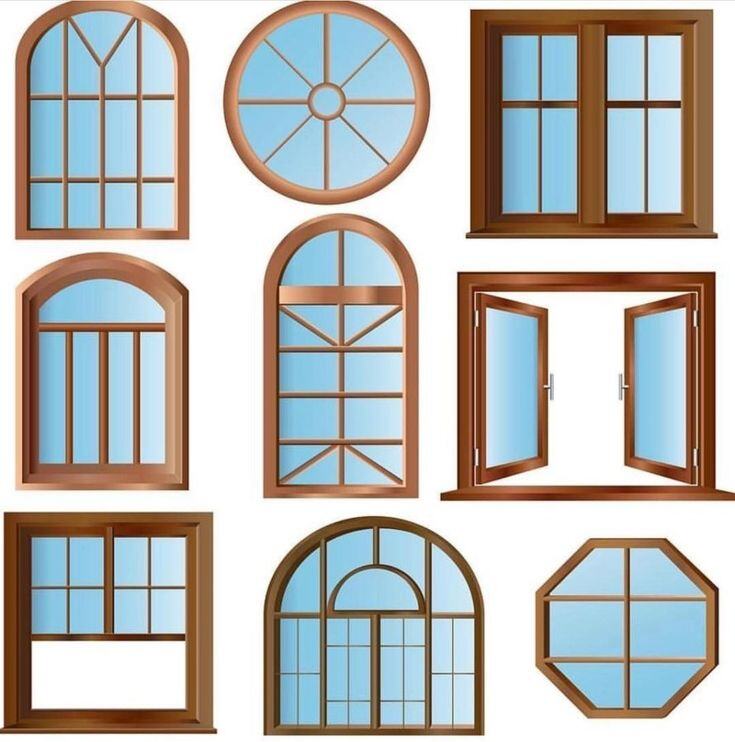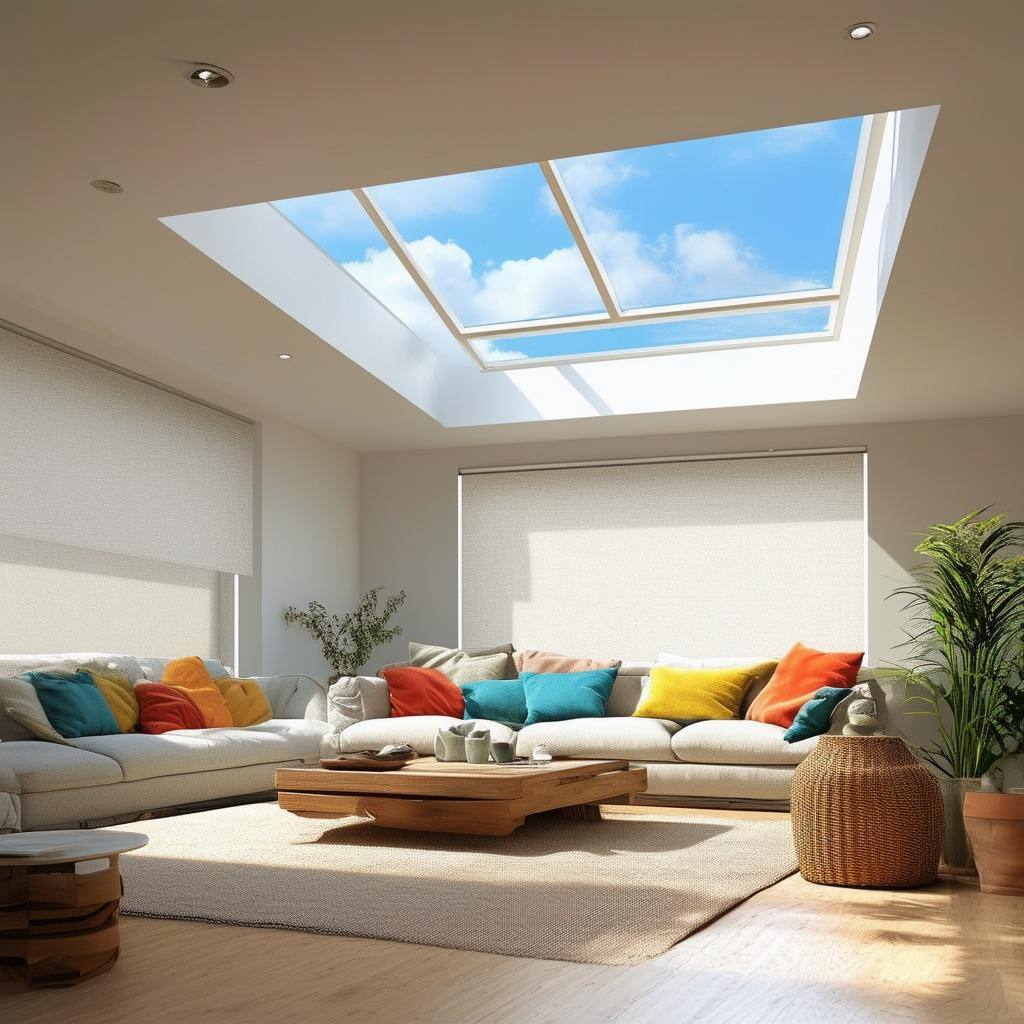The Ultimate Guide To Choosing The Right Skylight For Your Home
Discover the key factors to consider when selecting the perfect skylight for your home.
Benefits of Installing Skylights
Skylights can significantly enhance the aesthetics of your home by bringing in natural light and creating a sense of openness.
They provide ample daylight, reducing the need for artificial lighting during the day and saving on energy costs.
Natural light from skylights can have positive effects on your mental and physical well-being, boosting mood, productivity, and even helping with vitamin D synthesis.
Skylights can also improve ventilation by allowing fresh air to enter your home, reducing stuffiness and improving indoor air quality.
In addition, skylights can provide stunning views of the sky, stars, and surrounding scenery, adding a touch of beauty and tranquility to any room.
Types of Skylights Available
Fixed skylights are a popular option that provides a permanent source of natural light. They cannot be opened or closed.
Ventilating skylights are designed to be opened and closed, allowing for better airflow and ventilation. They are ideal for areas like bathrooms and kitchens.
Tubular skylights are small, compact skylights that are perfect for rooms with limited space or where traditional skylights cannot be installed. They use reflective tubes to capture and distribute natural light.
Custom skylights offer endless possibilities for design and can be tailored to fit your specific needs and preferences. They can be made in various shapes, sizes, and materials to match your home's style.
Factors to Consider Before Making a Decision
Location is an important factor to consider when choosing a skylight. Determine which rooms or areas of your home would benefit the most from natural light and ventilation.
Consider the orientation of your roof and the position of the sun throughout the day. This will help you determine the best placement for your skylight to maximize natural light and minimize heat gain.
Think about the size of the skylight that would work best for your space. Larger skylights provide more light and views, but they may also increase heat gain and require more structural modifications.
Energy efficiency is another crucial factor. Look for skylights with low U-values and high Solar Heat Gain Coefficients (SHGC) to minimize heat loss in winter and heat gain in summer.
Consider the climate in your area. If you live in a region with extreme temperatures, look for skylights with good insulation properties and thermal breaks to prevent condensation and heat transfer.
Lastly, don't forget about proper installation and maintenance. Hire a professional to ensure proper installation to prevent leaks and water damage. Regularly clean and inspect your skylight to keep it in optimal condition.
Installation Process and Maintenance Tips
- Before installing a skylight, you need to assess the structural integrity of your roof and determine if any modifications are required.
- Next, choose the appropriate skylight size and style for your space. Measure the opening accurately and ensure a proper fit.
- Prepare the opening by removing shingles, underlayment, and sheathing. Install flashing and a curb if necessary.
- Follow the manufacturer's instructions for installing the skylight, including sealing and waterproofing.
- Once the skylight is installed, check for any leaks or drafts. Properly insulate and seal around the skylight to prevent water infiltration.
- To maintain your skylight, regularly clean the glass or acrylic surface to remove dirt and debris. Check for any cracks or signs of damage and repair as needed.
- Inspect the flashing and seals for any signs of deterioration. Replace any worn-out components to ensure proper functionality and prevent leaks.
- Consider hiring a professional for regular maintenance and inspections to ensure your skylight remains in good condition.
Save Big by Replacing Your Skylight During Reroofing
If you're planning to reroof your home, it's the perfect time to replace your skylight as well.
Replacing your skylight during reroofing can save you money on labor and materials, as the roof will already be open for installation.
Newer skylights are more energy-efficient and offer better insulation, reducing heat loss and preventing condensation.
Upgrading to a newer skylight can also enhance the overall look and value of your home.
Consult with a roofing professional to determine the best skylight replacement options during your reroofing project.



